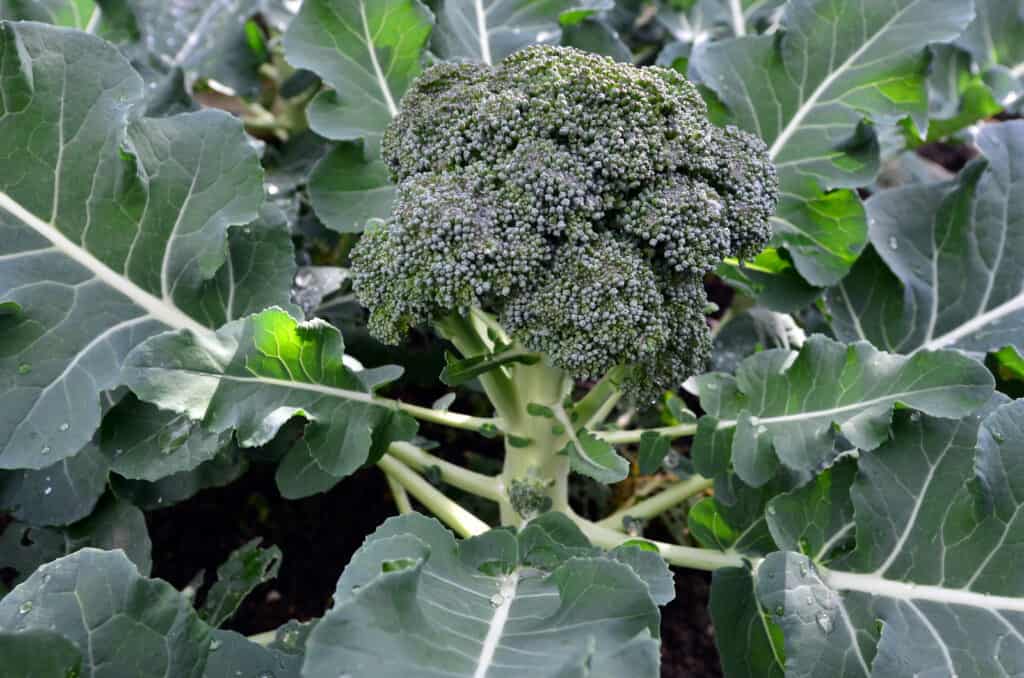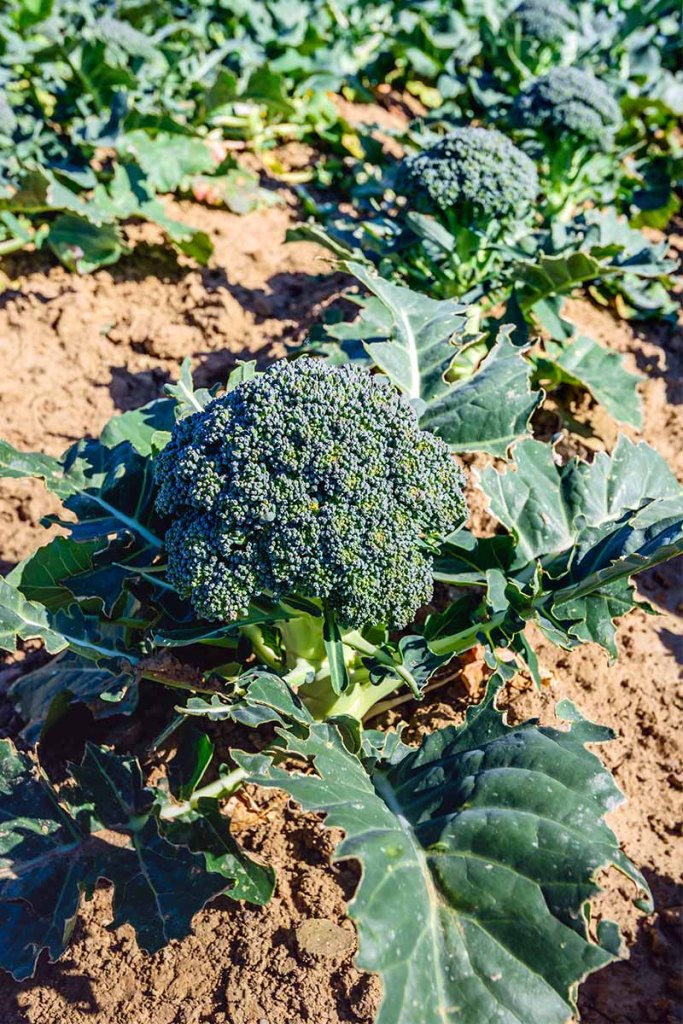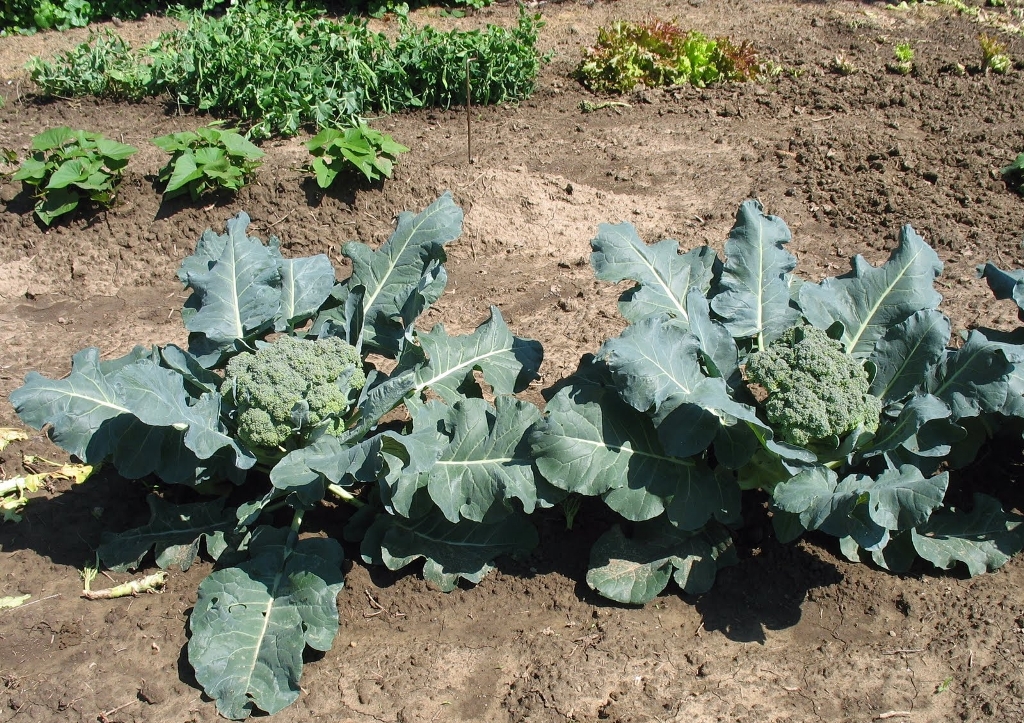How to Grow and Care for Broccoli

Broccoli is a widely loved plant for its innumerable health benefits and its simple taste that can make taste buds happy. The scientific name of Broccoli is Brassica oleracea, and it has been for over 2000 years and was first grown in Italy. It can be used in various ways, all providing benefits. It can be eaten fresh or also fried or sauteed. Broccoli is very easy to grow, and given the right conditions, it can thrive well. It is a member of the cabbage family and loves cool weather. It is an annual hence will not return year after year. It is their bluish-green colored flower heads that are eaten before they bloom into small yellow flowers. Broccoli loves to be in the company of Beets, celery, herbs, and potatoes; hence growing them nearby is recommended.
Preferred Conditions

Since Broccoli is a cool-season plant, it loves to grow in areas having temperatures from 45F-75F. Although it is low in maintenance hence can also survive in temperature as low as 20F. Broccoli should be planted in areas where a member of the cabbage family has not been grown for 3-4 years. The best time to sow seeds is at the end of September. The seeds germinate within a week. Midsummer is an accurate time for direct seeding if a fall crop is required. Plenty of spacing should be provided to ensure that the plant grows to its maximum size. Broccoli should be spaced at least 12-14 inches or 30-61 cms apart for best growth.
Requirements of Light and Water
For optimum growth, the plant should be kept in light preferences of its own. Like most other vegetable plants, Broccoli prefers to be grown in areas that provide exposure to full sun. Direct sunlight ensures that the plant does not lack the healthiest growth. It does not tolerate shaded areas. If under certain conditions they are kept without direct sun, they will produce thin heads that are subpar. As soon as the plants reach the height of 2-3 inches, Broccoli should be regularly watered. The plant does not appreciate drought and hence should be taken care of. Broccoli should be watered up to 1-1 ½ inches. Make sure to water it at a low level as making the heads wet can cause them to rot. Soil should be kept moist at all times.
Soil and Feeding Needs

When it comes to providing the right soil for your plant, Broccoli prefers the soil to be slightly acidic. The pH should fall between 6-7. Providing organic and rich soil that is full of nutrients is recommended. The soil should be kept moist while making sure they do not dry out. However, soggy or waterlogged soils are not appreciated by the plant as it can damage the roots. Mulch the soil to get rid of weeds and maintain the moisture of the soil. When fertilizing, Potassium, and phosphorus should be included as they encourage bloom, whereas nitrogen stimulates excessive growth of leaves. A balanced fertilizer should be used.
Problems Related to Broccoli
There are a few pests and diseases that are attracted to the Broccoli, just like most other plants. Proper care should be given to make sure that the plant stays as safe as possible. Even if the plants do catch diseases or pests, one should get rid of them as soon as possible to make sure no further damages are caused. The diseases that are likely to harm the plant include damping, which can be caused by poor drainage. Downy mildew, which is a hair-like fungus. White rust, a soil-borne disease. Black rot and Alternaria leaf spot. Pests that are likely to affect are cutworms, Aphids, Mustard sawfly, and moths.
Broccoli should not be planted besides tomatoes, eggplant, pole beans, snap beans, strawberries, and watermelon as they may have a negative effect on the growth of Broccoli as some of them are heavy feeders which the Broccoli will not be able to tolerate.
Within three months, Broccoli is usually harvested thrice. The large center head is ready for harvest, which should be cut with 5-6 inches. The plant then also produces side heads which can be harvested as well.
Yes, Broccoli leaves are completely edible and safe. They are usually eaten after being cooked as their taste turns sweet. However, Broccoli leaves can also be eaten raw. Broccoli leaves prove to be a great alternative to cabbage.





